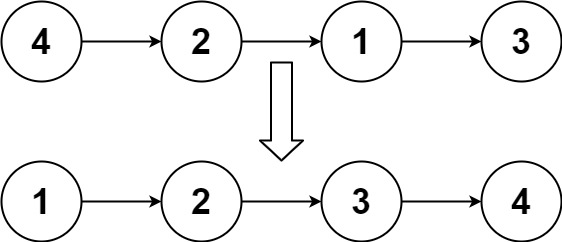 Documentation
¶
Documentation
¶
Index ¶
Constants ¶
This section is empty.
Variables ¶
This section is empty.
Functions ¶
This section is empty.
Types ¶
type ListNode ¶
func BuildCircleListWithNoHead ¶
BuildCircleListWithNoHead build a circle list, which tail point to list[cursor]
func BuildListWithHead ¶
func BuildListWithNoHead ¶
func (*ListNode) HasCycle ¶
HasCycle check if linklist has cycle structure, if not, return false, nil, if yes, return true and the cycle start node
Click to show internal directories.
Click to hide internal directories.

